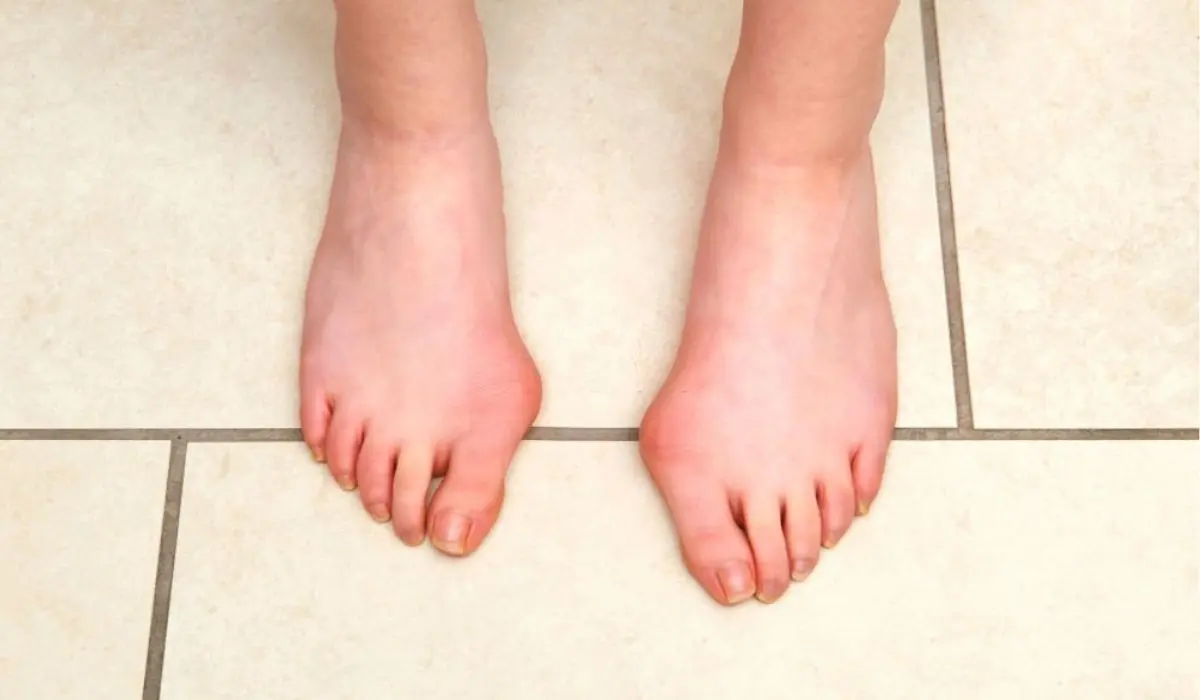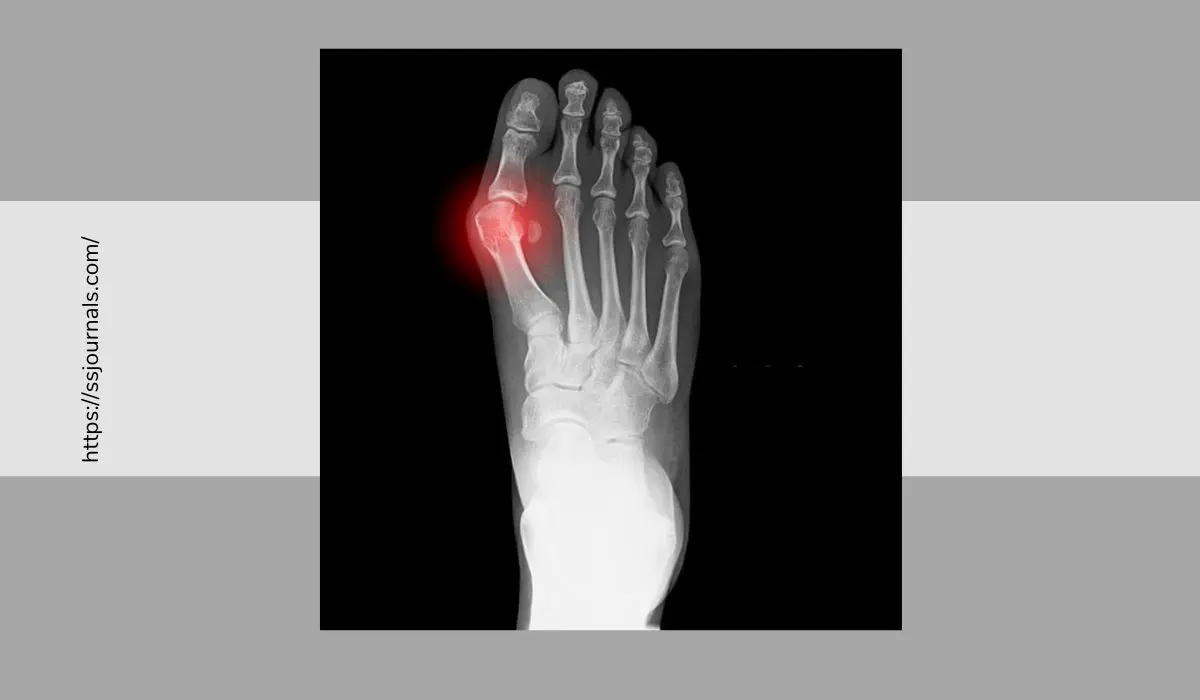A bunion is a bony protrusion that develops on the inside of the foot near the big toe joint. Bunions form when the big toe is pushed towards the second toe, forcing the joint of the big toe to stick out. This displacement causes a bump to form due to changes in the structure and position of the bones and joints. Bunions can range from small to severe, causing varying levels of pain and discomfort.
10 Conservative Bunion Natural Treatments To Reduce Protrusion And Discomfort
While bunions can’t be fully cured without surgery, there are many natural ways to help reduce the size and irritation caused by bunions. Implementing conservative at-home remedies can provide relief from bunion pain and inflammation, halt progression, and even shrink the protrusion over time in mild cases. Here are some of the most effective ways to shrink bunions naturally:

1. Apply Ice Packs
One of the simplest ways to achieve bunion pain relief is to apply an ice pack. The cold helps constrict blood vessels, reducing blood flow to the area and decreasing inflammation and swelling that exacerbate bunion pain. Wrap a small towel around a bag of frozen peas or an ice pack and place it on the bunion for 15-20 minutes a few times per day to diminish size and discomfort.
2. Take Anti-Inflammatory Herbs and Spices
Herbs like turmeric, ginger, and boswellia contain powerful anti-inflammatory compounds that can help reduce bunion inflammation when consumed regularly. Turmeric has the active component curcumin, ginger contains gingerol, and boswellia features boswellic acid that limits swelling. Add these herbs and spices generously to food, take them as capsules, or brew turmeric or ginger tea daily.
3. Apply Topical Anti-Inflammatory Creams
Topical creams can target bunions directly to provide localized pain relief and diminish inflammation. Creams containing ingredients like menthol, camphor, turmeric, ginger, and capsicum reduce swelling and joint stiffness when massaged into the bunion area. Apply an anti-inflammatory cream 2-3 times per day after icing for optimal effects.
4. Pad and Tape Bunions
Padding or taping bunions can help realign the big toe into a straighter position and take pressure off the protrusion. First, apply a bunion pad around the big toe joint to cushion it and gently push it back into the proper place. Then use athletic tape to gently pull the big toe back towards the second toe and away from the bunion. Do this daily, replacing the tape as needed.
5. Stretch and Strengthen Feet
Performing regular foot stretches and exercises can help keep feet flexible and muscles strong, removing tension and pulling on the big toe joint. Try stretches like flexing toes up and down, pointing toes outward, and picking up marbles or towels with your toes.
Do exercises like calf raises and marching in place to engage and strengthen foot muscles? Stretching and exercising feet for 5-10 minutes daily helps realign and support toes.
6. Wear Proper Footwear
Supportive footwear with a wide toe box is key for preventing bunions from worsening over time. Shoes should have enough space for toes to move freely without crowding or rubbing on the bunion. Avoid high heels and shoes with a narrow toe area. Opt for supportive shoes made of soft leather with cushioned insoles. Proper footwear consistently worn limits irritation that can enlarge bunions.
7. Use Bunion Splints or Guards
Special splints and guards are available that can be worn at night or during the day to help protect bunions and keep the big toe properly aligned. These devices have padding to cushion bunions and gently push the big toe back into a normal position. Bunion splints and guards absorb friction and pressure that aggravate bunions and cause them to increase in size over time.
8. Get Bunion Massages
Massaging bunions can enhance circulation, relax the muscles around the joint, and reduce buildup of stiffness over time. Use your thumbs or knuckles to gently massage around the edges and top of the bunion, pressing in and holding for 10 seconds and releasing. Apply moist heat while massaging for added relaxation and swelling reduction. Massage daily along with icing for best effects.
9. Consider Orthotics
Custom orthotics prescribed by a podiatrist can realign the foot structure to prevent bunions from worsening. Orthotics are inserts that are worn in shoes to support arches and properly reposition bones and joints. When fitted properly, orthotics with a large toe box can remove pressure on bunions and guide the big toe into the ideal placement to diminish protrusion size.
10. Take Pain Relievers
Over-the-counter medications like NSAIDs (ibuprofen, naproxen) can alleviate daily bunion aches and pains by blocking pain signals and reducing inflammation. Take an anti-inflammatory pain reliever as directed on the package when bunion discomfort is at its worst, such as when standing or walking for long periods. This provides temporary relief without addressing the root cause.
Making some of these natural remedies and lifestyle changes part of your regular routine can help shrink the size of bunions and limit associated soreness. Implement a variety of techniques for the best results. However, severe or worsening bunions may need professional treatment, custom orthotics, or surgery if conservative methods are not effective. Be patient, as shrinking bunions takes time and consistency with natural therapies.
Frequently Asked Questions
For the most part, bunions cannot be completely eliminated without surgery, especially if they are severe. But in mild cases, consistently using conservative treatments can potentially shrink bunions over time and reduce symptoms dramatically. Severe, longstanding bunions with severe displacement are less likely to resolve without surgical intervention.
It often takes several months of dedicated effort with conservative treatments like padding, orthotics, anti-inflammatory creams, and exercises to start shrinking bunions and relieving associated pain. Consistency is key, so be patient. For larger bunions, it make take 6 months or longer to notice a reduction in the protrusion.
Unfortunately, bunions will not go away on their own without proactive treatment in most cases. The protrusion is caused by gradual bone misalignment that is likely to worsen over time rather than improve spontaneously. Taking action with bunion treatments can help reverse this realignment when caught early.
Conclusion
While bunions are a progressive condition that can’t be cured without surgery, a number of conservative at-home treatments can help shrink bunions and reduce associated discomfort. Being proactive with methods like icing, orthotics, exercises, bunion pads and splints, anti-inflammatory herbs and creams, and wearing appropriate shoes can make a difference when done consistently over time.
Mild bunions often respond well to these natural therapies, resulting in a reduction of the protrusion and relief from friction and pressure. However, medical advice is recommended if bunion pain and inflammation persist despite conservative treatment. With patience and perseverance using these methods, it is possible to successfully shrink bunions in many cases.
FAQs
1. Can you fully get rid of bunions without surgery?
For the most part, bunions cannot be completely eliminated without surgery, especially if they are severe. But in mild cases, consistently using conservative treatments can potentially shrink bunions over time and reduce symptoms dramatically. Severe, longstanding bunions with severe displacement are less likely to resolve without surgical intervention.
2. How long does it take to shrink bunions naturally?
It often takes several months of dedicated effort with conservative treatments like padding, orthotics, anti-inflammatory creams, and exercises to start shrinking bunions and relieving associated pain. Consistency is key, so be patient. For larger bunions, it make take 6 months or longer to notice a reduction in the protrusion.
3. Can bunions go away on their own?
Unfortunately, bunions will not go away on their own without proactive treatment in most cases. The protrusion is caused by gradual bone misalignment that is likely to worsen over time rather than improve spontaneously. Taking action with bunion treatments can help reverse this realignment when caught early.
4. Do bunion splints work?
Bunion splints that are worn at night and gently realign the big toe can be effective at reducing irritation, pain, and pressure on a bunion when used consistently. Splints also take tension off the joint so the protrusion has a chance to shrink. Proper fit is important, so visit a podiatrist to be fitted for a bunion splint for best results.
5. What happens if you don’t treat bunions?
Leaving bunions untreated allows them to progressively worsen, become inflamed, and cause increasing pain and difficulty walking. Bunions that are not cared for can increase in size and eventually lead to joint damage and arthritis. Taking early action to reduce bunion inflammation and realign the toe prevents complications.

